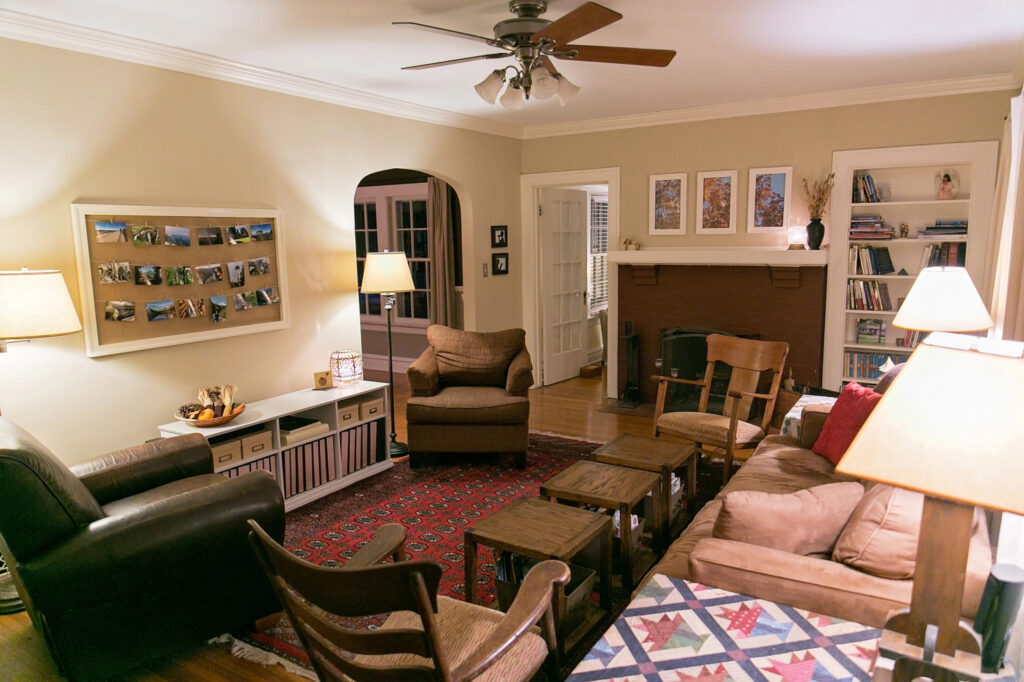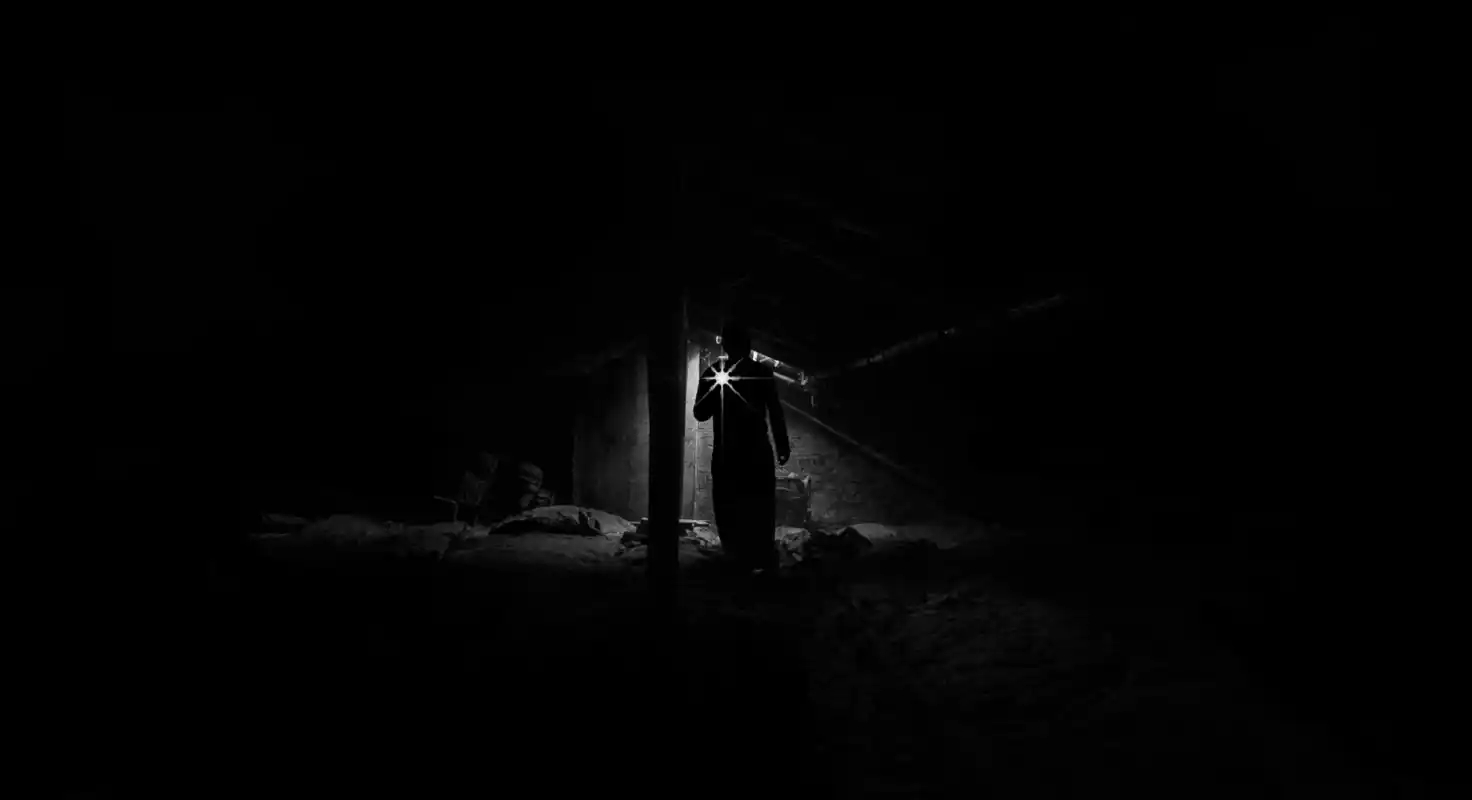Light isn’t just for doing- it is also for knowing where we are, where we are going, and who we are with. Imagine yourself in a large room that is completely dark- you cannot see anything. Now add the most basic light for reading- a clip-on book light. You can see the pages now, yes? What else can you see? A little bit of the chair you are sitting on? Perhapsa tiny bit of the floor?
If you are only using a book light, most of the room will still be dark. In this dark room, you might start feeling uneasy. It is basic survival instinct to want to know what surrounds us, and there is nothing that elicits a more primal feeling than being in the dark. We need light for knowing where we are- light that illuminates enough of the floor, ceiling, walls, and furniture so we know what surrounds us.
Now imagine that you spend time and money on the architectural design of your room. It has nice features- lowered ceilings over alcoves, built-in cabinetry, beautiful woodwork. What are you lighting in the room? Too often, I see rooms with light focused on the drywall ceiling, arguably the cheapest surface in the entire space. We need light for knowing where we are- and that light should draw attention to what makes our space unique and wonderful.
You might say that we need light to know where we are that also lets us know where in our home quality can be found.
We also need light for knowing where we’re going. If we’re moving, we want to move towards light. Again, the impetus is instinctual. If we’re in a place of darkness, we will feel an urgent need to move towards the light. We don’t necessarily need every corner of our home to be filled with light like a medical operating room, and in fact carefully placed darkness is a key component of lighting design. But we do want light at the end of the proverbial tunnel, and this is light for knowing where we’re going.

In the Film Noir, mysterious people in shadow is a great effect. In your home, it is downright creepy and unsettling. To make us feel comfortable, we also need light to know who we’re with– and to know what those people are communicating through theirfacial expressions. This might be a different layer of light than the one we need for reading our magazine, but it is very important to our understanding of our surroundings. Why do we fear the dark? Because we do not know who is lurking in it. Why are we afraid of strangers in dark alleys? Because we cannot see their face- if we could, it would show us they are probably just as afraid of us as we are of them!
If you have light for knowing where you are, where you are going, and who you are with, your room is on the right track to become more comfortable and inviting. In the next post, we’ll look at the third layer: Light for Feeling.
